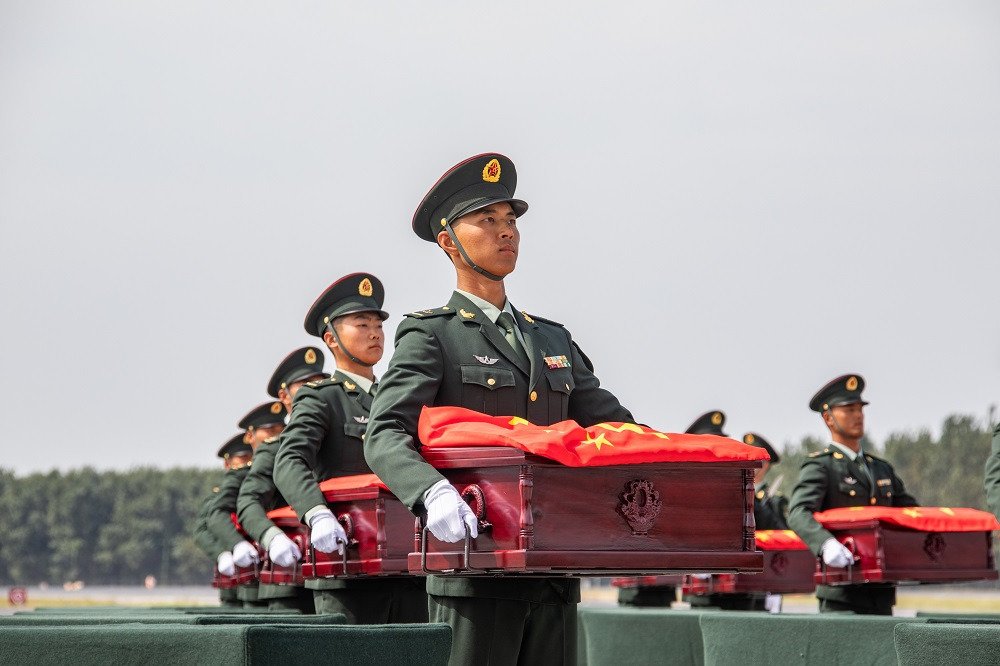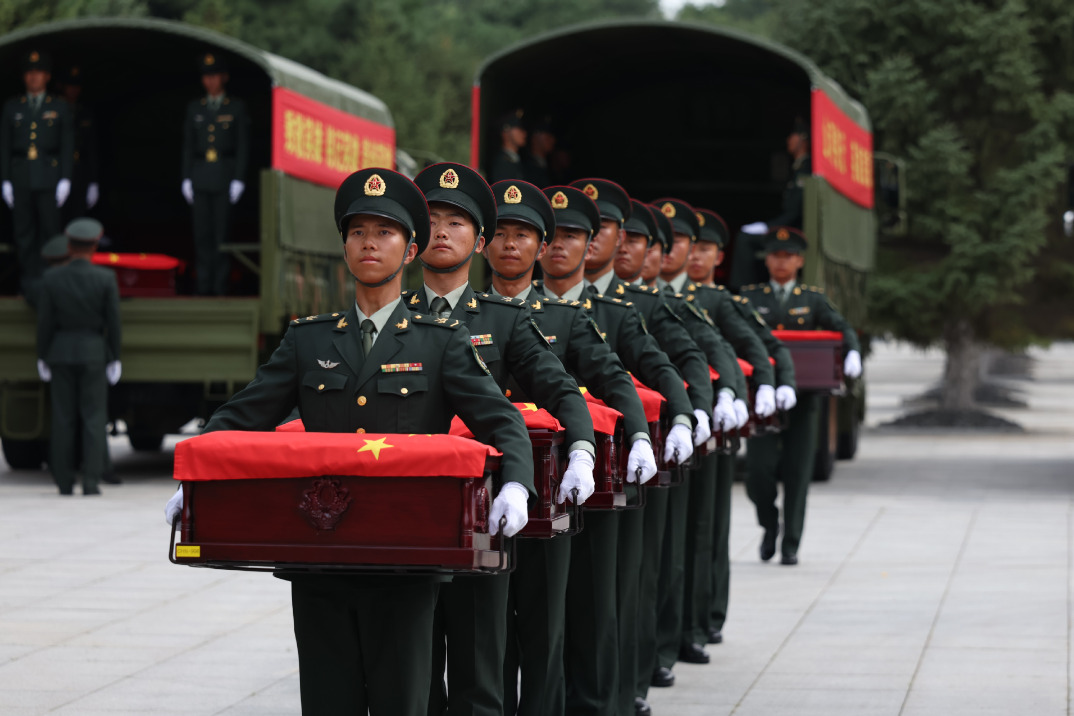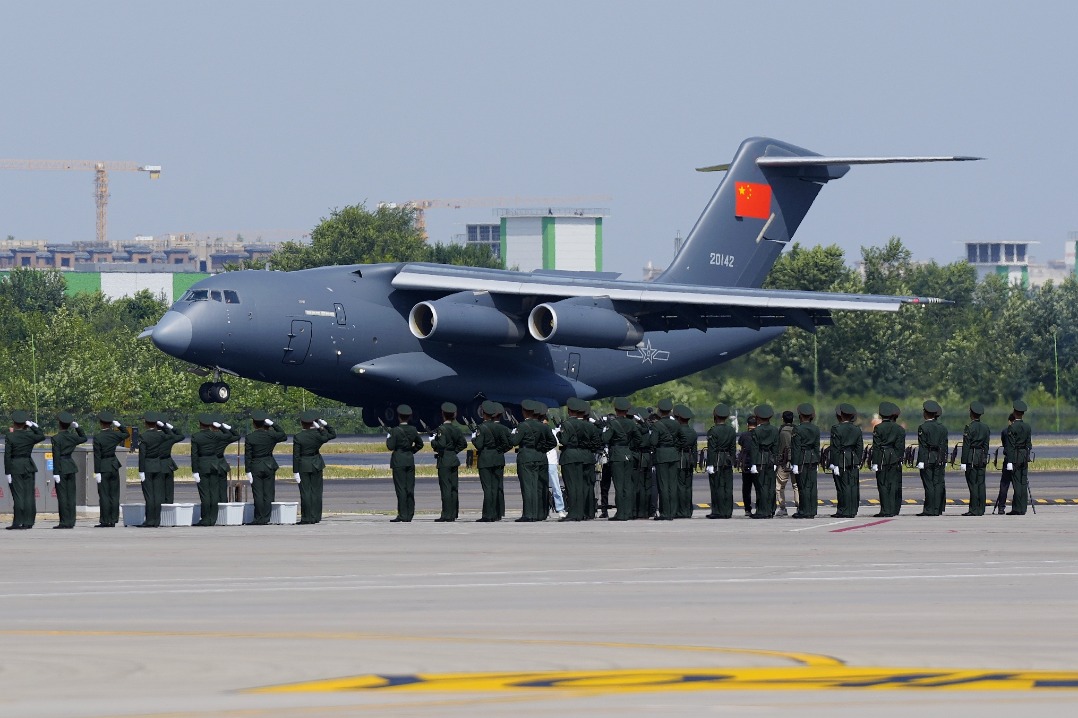China moving forward peacefully into new future


On Jan 25, during the first session of the virtual World Economic Forum, President Xi Jinping stated clearly China’s agenda was to move forward in the world of great change, with a renewed policy of multilateralism aiming for a multi-polar world, where nations would be treated as equals.
China will continue to vouch for strong macroeconomic growth – and pledge assistance for those suffering the most during this pandemic-induced crisis – in view of balanced development of all countries.
There is no place in this world for large countries dominating smaller ones, for economic threatening and sanctions, or economic isolation. China is pursuing a global free trade economy. But – and this is important – when one talks of “globalism”, respect for political and fiscal sovereignty of nations must be maintained.
At the same time, cultural and research exchanges, joint industrial and transport ventures between countries will bring people together, fostering cooperation and collaboration among nations.
This is the chief purposes of the Belt and Road Initiative. Currently more than 130 countries and more than 30 international organizations are involved in the BRI, including 34 countries in Europe and Central Asia, 18 of which are the European Union. The BRI offers the world participation – not coercion. The attraction is the whole philosophy behind the New Silk Road –shared benefits.
The same win-win concept is part of the recently signed free trade agreement with 14 countries – the 10 ASEAN members plus Japan, the Republic of Korea, Australia and New Zealand. The Regional Comprehensive Economic Partnership was in negotiations over eight years – and managed to pull together some 2.2 billion people and 30 percent of the world’s GDP. This is a never before reached agreement in terms of size, value and tenor.
In addition, China and Russia have a longstanding strategic partnership, containing bilateral agreements that also enter into this new trade fold. The countries of the Central Asia Economic Union, consisting mostly of former Soviet republics, are also integrated into the eastern trade bloc.
This conglomerate of agreements and sub-agreements between Asian-Pacific countries is bound together by an Asian pact called the Shanghai Cooperation Organization. The SCO’s purpose is to ensure security and maintain stability across the vast Eurasian region, join forces to counteract emerging challenges and threats and enhance trade as well as cultural and humanitarian cooperation.
In the hard times emerging from the COVID-19 crisis, many countries may need grant assistance to be able to recover as quickly as possible. In this sense, it is likely the BRI will forge a special “health road” across the Asian continent.
The RCEP may, over time, open a window of opportunity for integrating the huge land mass of Eurasia of about 5.4 billion people, stretching across some 55 million square kilometers.
The RCEP agreement’s trade deals will be carried out in local currencies and in yuan – no US dollars. The RCEP is, therefore, also a convenient instrument for dedollarizing, primarily in the Asia-Pacific region.
China’s new digital renminbi or yuan may soon be rolled out internationally as legal tender for international payments and transfers. This will further drastically reduce the use of the dollar. The new digital RMB will become attractive for many countries which are fed up with being subjected to US sanctions. Countries that use the US dollar are vulnerable to being punished with dollar blockages, confiscations of resources whenever their international “behavior” doesn’t conform with the mandates of Washington.
The yuan is already increasingly being used as a reserve currency, and may dethrone the dollar as chief reserve currency in coming years.
Entering this new “Time of Great Change”, China may envision leading a reform of the west-biased WTO – to give the Global South or developing countries a greater say in international trade policies and bring more balanced development to all.
China may also strive to shift the IMF’s fiscal policies to better allow emerging countries to develop their own capacities and use their natural resources according to their needs, and with international technical assistance that does not enslave them – which under current IMF and World Bank rules and conditions is not the case.
In this sense, China may take a leading role in helping better coordinate countries’ macro-economic policies through the G20 mechanism.
Thanks to China’s endless innovation and peaceful advancements, she has gained experience in resistance and resilience against adversities. Therefore, when in early 2020 the Chinese economy was in COVID-shock, the Chinese government applied drastic and disciplined social measures. The country recovered the same year.
China, unlike every other major economy, grew in 2020 by about 2.3 percent — maybe more when the final figures are in. China has mastered the COVID crisis within six to eight months, and has revamped an industrial and construction apparatus that was basically locked down by 80 percent during the four or five peak months. By the end of 2020 it was 100% back in operation.
Compare this to western economies, which are way down – Europe, according to official figures, by 12 to 15 percent. In the US, the Federal Reserve predicted last November the country may lose up to a third of its economic output or GDP in 2020 and 2021.
The situation in the Global South is much worse. Catastrophic labor losses due to uncountable bankruptcies are the result of generalized lockdowns in all 193 UN member countries.
The International Labor Office has predicted global unemployment in 2021 may reach up to 50 percent of the world’s labor force of 3.5 billion, meaning about 1.7 billion people may be jobless. Most of them are in the Global South, where about 70 percent of labor is informal, with no contracts, social safety nets, social health care, income, shelter or food --- leading to total despair. According to both the British Lancet and the New England Journal of Medicine, suicide rates are rampant.
Over the past 40 years, China has made historic gains in ending extreme poverty. It has lifted over 800 million people out of poverty, representing over 70 percent of global poverty reduction. In 2020 – despite COVID-9 – China has eradicated absolute poverty.
The most effective conditions to achieve prosperity are societal harmony and peace. President Xi, in his address to the WEF on Jan 25, also called on the world to avoid confrontation. Instead, the world should stick to cooperation based on mutual benefit and resolve disagreements through consultation and dialogue.
To conclude, China has committed herself to help alleviate this ongoing crisis. It is striving for balanced development for all countries, and continued cooperation for a world community with a shared future and common prosperity for mankind.
Peter Koenig is a former senior economist at the World Bank and a non-resident Senior Fellow of Renmin University of China’s Chongyang Institute for Financial Studies.
The opinions expressed here are those of the writer and do not necessarily represent the views of China Daily and China Daily website.


































